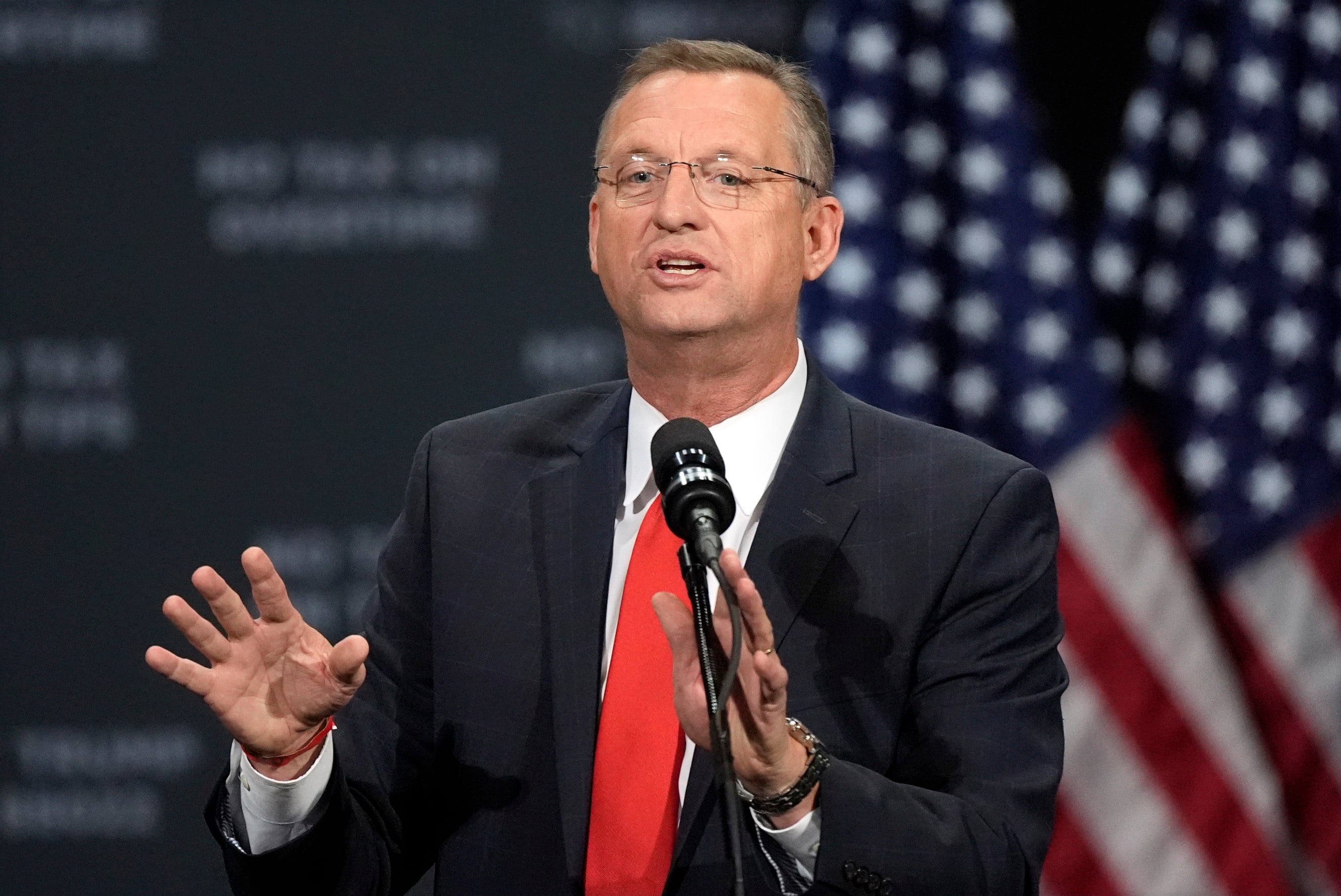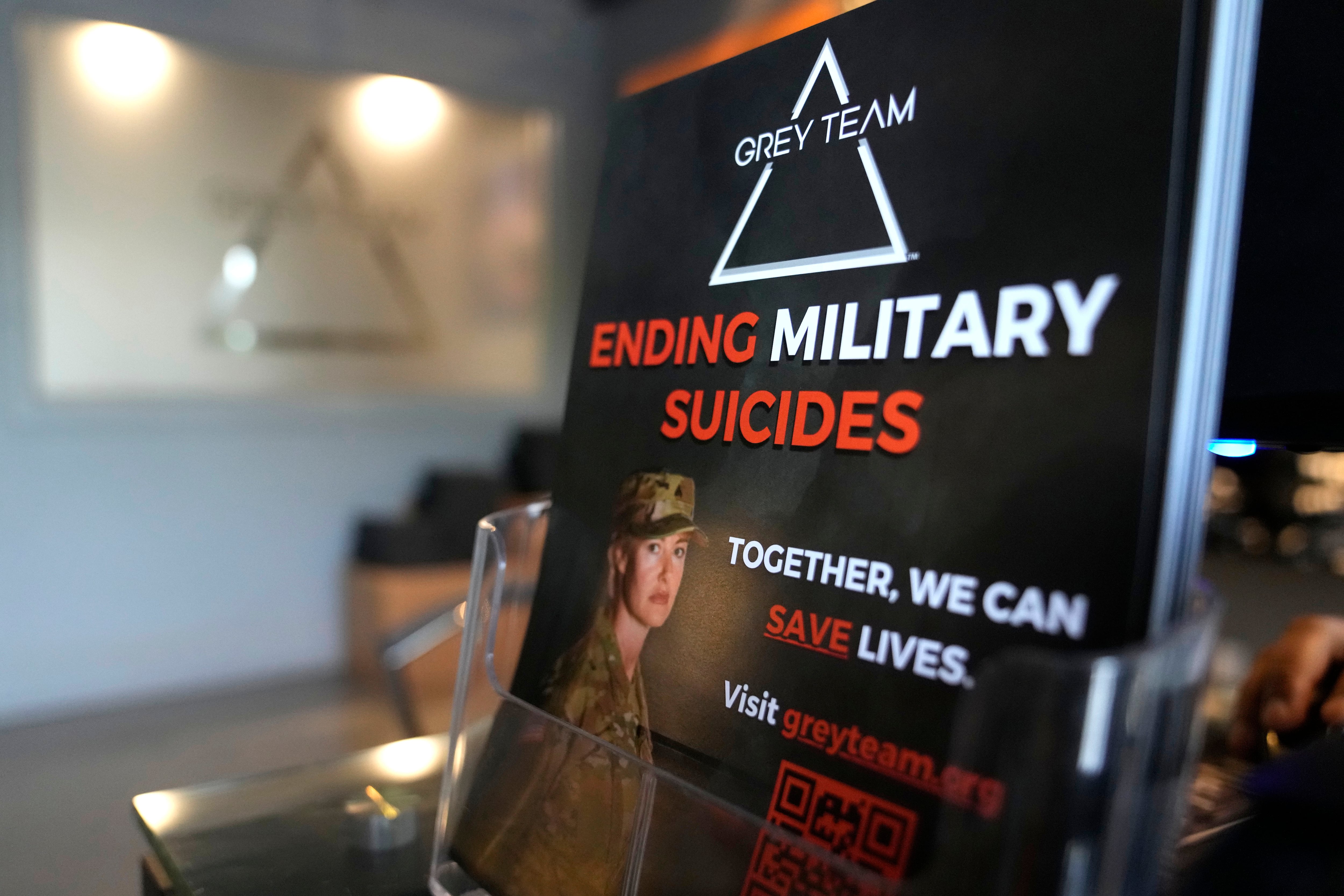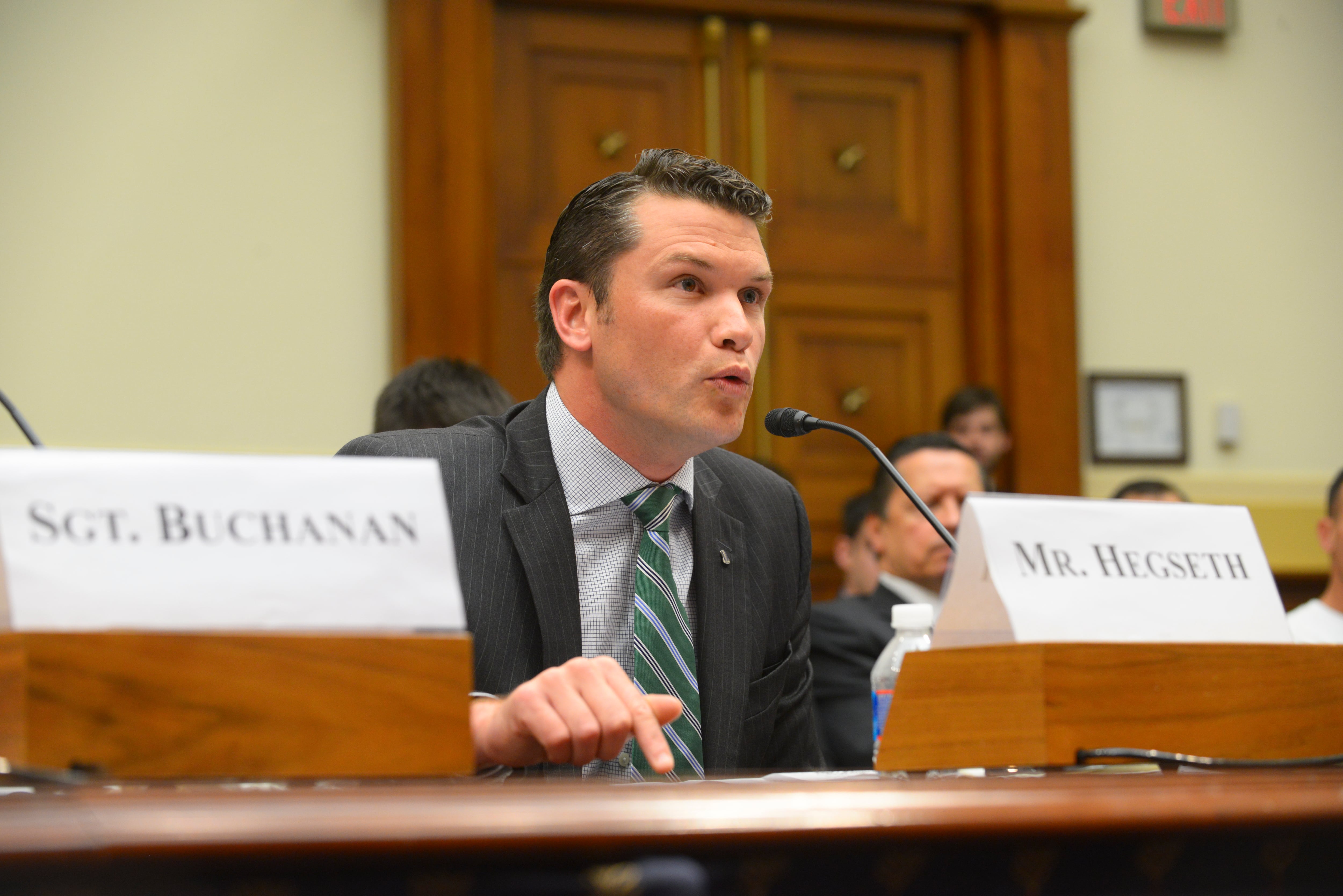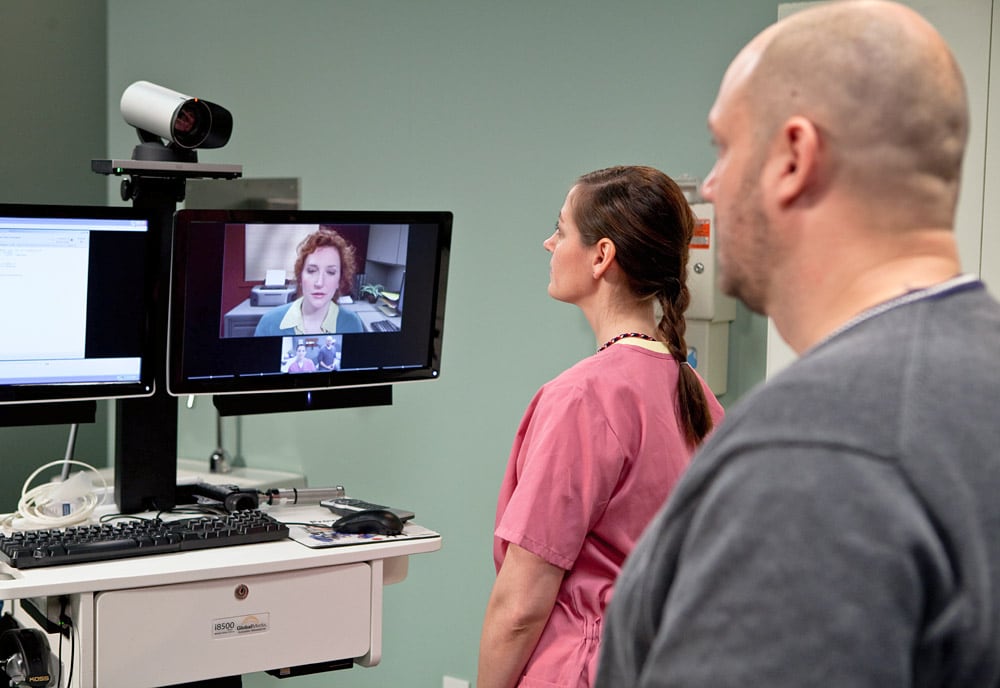The carrier Theodore Roosevelt and itsher escorts are San Diego-bound after about six months of launching war strikes on the so-called Islamic State group in and around the Persian Gulf, opening up the much debated carrier gap in U.S. Central Command while the next flattop hastily readies to her relief hastily prepares to depart Norfolk.
The TR Roosevelt had a big impact in the Central Command missions against during the fight with the Islamic State group, known as Operation Inherent Resolve, the carrier's skipper said in a Facebook post. Clapperton said in the post.
"While operating in 5th Fleet, we flew 1,812 missions in support of Operation Inherent Resolve — that is 10,618 flight hours," Capt. Craig Clapperton wrote. "Those missions delivered 1,100 precision guided weapons against ISIL targets in Syria and Iraq totaling more than 1,000,000 pounds of munitions."
The TR Carrier Strike Group group steamed out of Norfolk in March on an eight-month deployment and home-port shift to the West Coast; the ship has so far traveled 26,840 miles. There is still much work ahead for the Big Stick, as the TR is nicknamed. Roosevelt commanding officer Capt. Craig Clapperton said in a Facebook post
"I'm sure you are all equally ready for your loved ones to return," Clapperton said. "I know all of us onboard the Big Stick are looking forward to our return home, but, before we get there, we still have quite a bit of work to do; that will help the time go by quickly."
The work includes an exercise in the Indian Ocean, Malabar, with the Indian navy, which will include the Japanese navy, a development that some have taken to show Japan is serious about taking a more active role in regional security in the face of a more assertive China.
"We've conducted more than 22 underway replenishments, received 14.5 million gallons of jet fuel and more than 3,500 pallets of stores, ammunition and mail. Through all that, we have traveled 26,840 miles."
The U.S. Navy flies about 20 percent of the coalition sorties in support of OIR, according to Navy officials,and Air Force officials claim another 67 percent. For the U.S. Navy, that amounts to about 14 to 18 sorties a day, said Navy spokesman Lt. Cmdr. Tim Hawkins.
The vast majority of the flights come off the carrier and will have to be back-filled by Air Force and coalition land-based aircraft until the carrier Harry S. Truman arrives in 5th Fleet. Roosevelt’s relief arrives.
The carrier Truman is working up to deploy and is scheduled to leave before Thanksgiving, Navy officials estimate. That leaves CENTCOM without the options an aircraft carrier can provideprovide for as long as three months. Lawmakers have criticized the gap, but Navy leaders stress that the time is needed to , which she is scheduled to do before thanksgiving, according to officials who spoke on background to discuss future operations, but the gap will last at least two months. This has prompted criticism from Capitol Hill, but Navy leaders insist the gap is necessary get the fleet's Navy’s maintenance and deployment cycles synced up.
Straining under the weight of excess demand and maintenance backlogs, the Navy has been forced to extend deployments repeatedly. A new force-generation plan, the Optimized Fleet Response Plan, has been devised to bring predictability back to the fleet, easing the burden on sailors and families, and allowing the shipyards to better plan hiring and managing the workload of maintaining the ships.
Getting maintenance back on track, along with a parallel effort to bring down deployment lengths to seven months — spearheaded by Chief of Naval Operations Navy top officer Adm. John Richardson, taking the mantel from his predecessor Adm. Jon Greenert — depends on the success of OFRP, officials have said.
"Ultimately, this is a pay-me-now or pay-me-later discussion," said Rear Adm. Jeffrey Harley, the deputy head of the Navy's operations, plans and strategy office. "If we are not given time to reset the force through OFRP, and are forced to source beyond sustainable levels, we will remain challenged in all of these areas."
In a September interview with Navy Times, Richardson said he would continue to work towards 7-month deployments.
"This is not easy work that we are doing," he said. "I agree with Adm. Greenert that seven months is, I think, a sustainable goal. I think it is achievable. I am committed to getting down to this seven-month deployment."
David B. Larter was the naval warfare reporter for Defense News.





